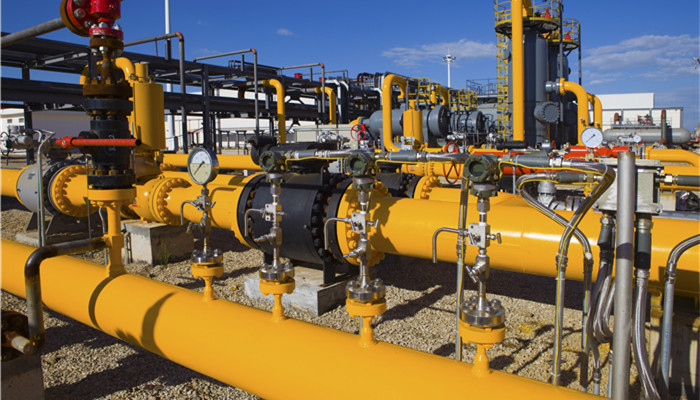
my country’s butadiene rubber industry structure continues to optimize, and rare earth butadiene rubber production capacity steadily increases
my country began the research and development and production of nickel-based butadiene rubber in the 1960s. After years of development, my country has become a major producer of butadiene rubber in the world. However, domestically produced butadiene rubber is dominated by nickel-based butadiene rubber, and there is overcapacity in the market. , single product brand, homogeneous competition and other issues. Against the background of increasingly stringent environmental protection, economic, cost, safety and other requirements, traditional butadiene rubber can no longer meet market demand, and the rare earth butadiene rubber market has ushered in a good opportunity for development.
According to different catalyst systems, butadiene rubber can be divided into five major systems: nickel series, cobalt series, lithium series, titanium series and neodymium series. Among them, neodymium series is the upgrade direction of butadiene rubber. Neodymium-based butadiene rubber, also known as rare earth butadiene rubber, is butadiene rubber polymerized with a catalytic system based on rare earth metal neodymium. Compared with traditional butadiene rubber, rare earth butadiene rubber is green, environmentally friendly, wear-resistant, and has good viscosity. , high strength, wet slip resistance and other advantages, it is the preferred raw material rubber for the production of high-performance tires, green tires and radial tires.
According to the “2021-2025 China Rare Earth Butadiene Rubber Industry Market Supply and Demand Status and Development Trend Forecast Report released by the Industrial Research Center Globally, rare earth butadiene rubber production capacity is mainly concentrated in Europe, Asia and other regions. Related production companies include Singapore’s ARLANXEO, Japan’s Synthetic Rubber Company, Russia’s NIZHNCKAMSK Company, Lanxess Chemical, etc. Among them, Singapore’s ARLANXEO is the world’s largest Supplier of rare earth butadiene rubber, the annual production capacity of its production equipment reaches 140,000 tons.
At this stage, my country’s companies engaged in the research and production of rare earth butadiene rubber include Yanshan Petrochemical, Dushanzi Petrochemical, Zhejiang Chuanhua, Sanwei Chemical, Jinzhou Petrochemical, Sichuan Petrochemical, etc. After years of development and accumulation, my country’s rare earth butadiene rubber production capacity has steadily increased. However, due to limitations in raw materials and production technology, the output of rare earth butadiene rubber is low, and market demand still relies on imports.
In the past five years, with the deepening of the supply-side structural reform, the production capacity of my country’s butadiene rubber industry has shown a downward trend, and the release of new production capacity has slowed down. In 2021, the production capacity of the butadiene rubber industry will be around 1.55 million tons. The supply structure of the butadiene rubber industry continues to be optimized. Among them, the production capacity and sales of rare earth butadiene rubber have increased. In the next five years, my country’s new butadiene rubber production capacity will mainly focus on rare earth/nickel-based flexible devices. With the release of new equipment production capacity , my country’s rare earth butadiene rubber production capacity will be further improved.
Industry analysts said that as a high-performance environmentally friendly material, rare earth butadiene rubber is mainly used in the production of green tires, radial tires, etc. Products, under the background of continuously improving environmental protection, economy and safety requirements, the market demand for rare earth butadiene rubber will continue to be released. my country’s rare earth butadiene rubber production capacity is on a growth trend, but at present, my country’s rare earth butadiene rubber production is still low, market demand still relies on imports, and there is large room for domestic substitution of products.

 微信扫一扫打赏
微信扫一扫打赏

